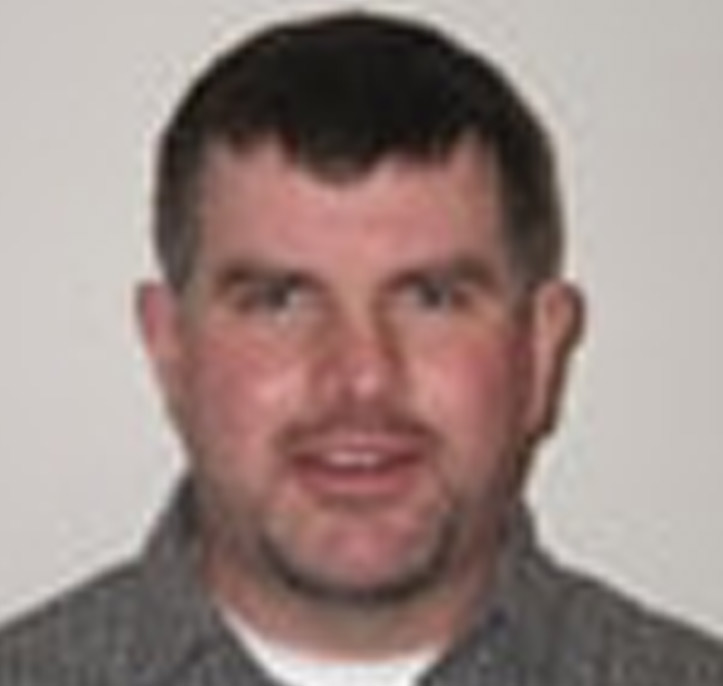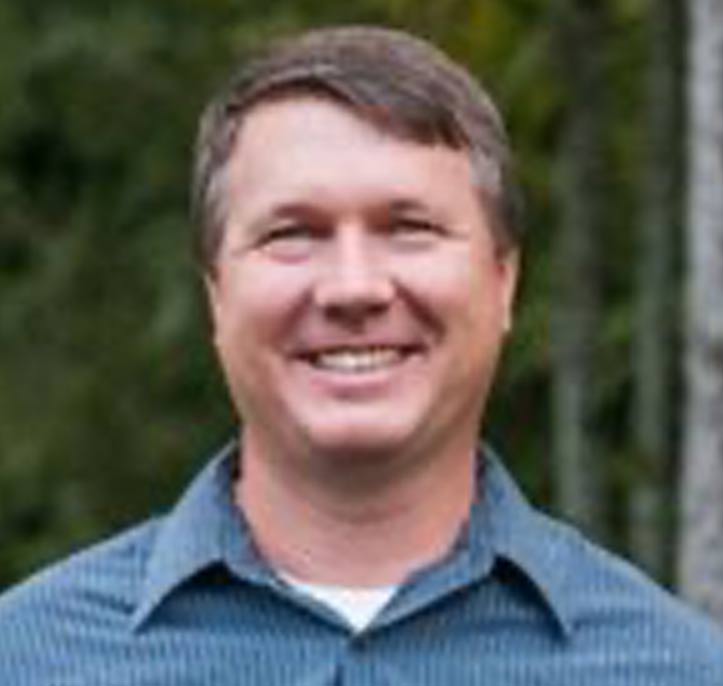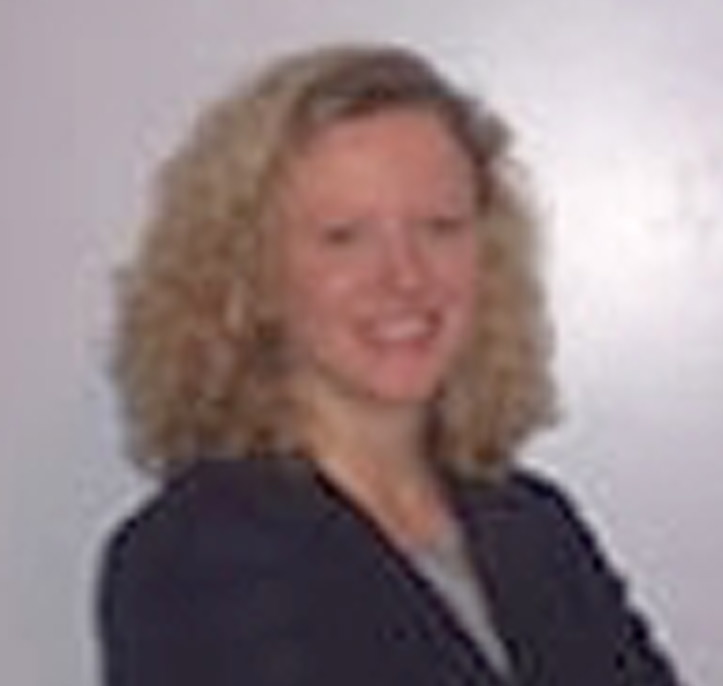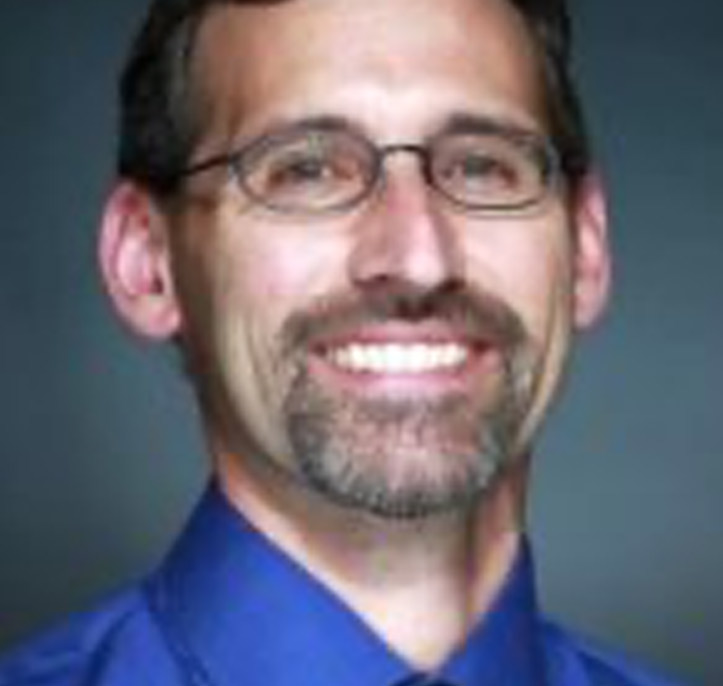2012 SMART Ottawa
March 8, 2012
SMART Remediation talks have focused on innovative technologies for remediating contaminated sites, approaches for site characterization, project case studies, regulatory and industry perspectives, and other related topics.

The 5th SMART Remediation conference was held in Ottawa on Thursday, March 8th, 2012. Details on the speakers and presentations are provided below.
Speakers

Tom MacNeil, P. Eng.,
AMEC
Tom MacNeil, P. Eng.
Tom MacNeil is a professional engineer with AMEC with over 14 years of experience in contaminated site assessment and remediation. He has a BSc in Civil Engineering from the University of New Brunswick and an Environmental Technology Diploma from the University College of Cape Breton. He is presently the remediation lead for the 5 Wing Goose Bay Remediation Project. In this role, he is responsible for leading remedial options analyses, pilot testing of technologies, preparing remediation tender documents, and providing quality assurance for ongoing remediation contracts.
Advanced use of Multi-Phase Extraction – Deep Application at Goose Bay Military Base
Multiphase Vacuum Extraction (MPVE) is often used to remove free phase petroleum hydrocarbons (PHCs) from the subsurface, and is being used to remove PHCs at 5 Wing Goose Bay, a military base, located in central Labrador. The 5 Wing Goose Bay Remediation Project (GBRP) is a 10 year, $300 million project to remediate or risk manage legacy contamination. The purpose of this talk is to present the MPVE technology and its application at Goose Bay. The application of the technology has required innovation to overcome some of the physical characteristics of the site, primarily depth to groundwater. In earlier applications, MPVE was believed to be limited to shallow groundwater applications, where the lift of the liquids was accomplished solely by vacuum. At Goose Bay, where depth to groundwater across much of the base ranges between 15 to 20 metres below ground surface, the lift of liquids is accomplished by entrainment of liquid droplets in the vapour stream. This allows the efficient use of the technology to recover LPH and remove petroleum hydrocarbons from the vadose zone. Details of the Site, the MPVE technology, and the project tender (Performance Based, Design / Build / Operate / Maintain / Optimize Contracts) will be presented.

Joe Ricker,
EarthCon Consultants, Inc.
Joe Ricker
For more than 24 years, Mr. Ricker has helped clients optimize a wide range of remediation solutions associated with past and present environmental liabilities under various regulatory programs in more than 30 states, as well as multiple remediation sites in Canada and Brazil. He brings a unique perspective to complex interdisciplinary projects and has managed remedial investigation and design projects involving a wide range of chemicals including petroleum hydrocarbons, pesticides, herbicides, wood-treating chemicals, solvents, and PCBs in soils, sediment, groundwater and air. Mr. Ricker is a licensed Professional Engineer in 24 states. He received a B.S. in Civil Engineering from Rose-Hulman Institute of Technology and a M.S. in Civil Engineering from the University of Memphis.
Plume Stability Analysis
Evaluating the relative stability of a groundwater contaminant plume is generating increasing attention as many state regulatory agencies, EPA and private stakeholders are realizing the applicability of plume stability as part of the environmental evaluation and/or remedial planning process of a site. Specifically, a plume stability evaluation will allow the stakeholder to assess whether a contaminant plume is stable, decreasing or increasing in size. Assessing the stability of a plume will allow the stakeholder to evaluate whether additional remedial action is necessary or whether risk-based closure of a site may be applicable or whether MNA is occurring at a site. There are many other ancillary applications of plume stability evaluations as related to groundwater contamination.

David Rae,
AMEC
David Rae
Dr. Rae is a professional geoscientist with AMEC in Fredericton, New Brunswick. His primary areas of expertise include human health risk assessment and development of risk-based management guidelines for site closure. David is a past member of the Atlantic Partners in RBCA Implementation (PIRI) committee and has helped develop various regulatory guidance documents such as the Atlantic PIRI User Guidance; the Newfoundland Contaminated Sites Guideline; and the PIRI guidance manual on soil vapour and indoor air assessments. David has provided technical leadership for a variety of projects assessing potential human and ecological risks, including the development of risk based criteria for the Goose Bay Remediation Project at 5 Wing Goose Bay, NL.
Risk Assessment and Remediation
The Goose Bay Remediation Project (GBRP) is a 10 year, $300 million project to remediate or risk manage legacy contamination to the extent that it does not pose an immediate or ongoing risk to human health or the environment. 5 Wing Goose Bay has a large number of individual contaminated sites with a diversity of environmental issues that require risk management. An innovative and integrated approach to risk assessment was adopted to develop a series of risk based criteria (RBC) for the GBRP as a whole, avoiding a repetitive process of individual site-specific risk assessments at each contaminated site. RBCs were developed through the derivation of a number of human health and ecological component values, each designed to provide a receptor or group of receptors protection from a contaminant via a specific pathway. Human health and ecological component values were developed for approximately 60 chemicals. An integrated, multi-media, multi-pathway Excel toolkit was developed using an interactive graphical user interface (GUI). The toolkit is a comprehensive modeling and risk characterization package that combines contaminant transport models and risk assessment models to calculate RBC. Features include: easy-to-use, streamlined GUI; fate and transport models for vapour intrusion, groundwater transport, and food chain uptake; default input parameters specific to 5 Wing Goose Bay; and an extensive chemical database covering a wide range of chemicals.

Kerry Bolandos-Shaw, M.Sc.,
Adventus Research Inc.
Development and Field Trials of a New 100% Soluble Carbon-Iron Product for In Situ Remediation of Groundwater
Kerry Bolandos-Shaw, M.Sc.
Kerry received an M.Sc. degree in Environmental Microbiology at the University of Guelph, Canada in 1997. Kerry has been with the company since 1996 and has developed expertise in optimization of multiple bioremediation technologies, and has contributed significantly to Adventus’ portfolio of proprietary technologies. Kerry’s current responsibilities include oversight of worldwide manufacturing activities, financial reporting, and business development activities.
Development and Field Trials of a New 100% Soluble Carbon-Iron Product for In Situ Remediation of Groundwater
Adventus’ EHC® product has been effectively used on hundreds of sites worldwide for reductive treatment of chloroethenes, chloroethanes, carbon tetrachloride and daughter compounds, and pesticides in groundwater. EHC is highly effective, but as a solid there can be limitations to its applicability at some sites with very tight formations or existing permanent injection well systems. EHC-L® was developed to address these limitations. Like EHC, EHC-L is based on a combination of slow-release fermentable carbon and iron. Long-term flow-through column studies conducted in our laboratory indicate EHC-L supports chlorinated hydrocarbons treatment efficiencies similar to those attained with EHC. Beginning in the spring of 2011, field pilot tests were initiated to obtain field data on removal efficiencies supported by EHC-L. Results from these projects and a discussion of difficulties encountered will be discussed.

Bruce Tunnicliffe,
Vertex Environmental Inc.
Improving Remediation via Advanced Characterization: Case Studies on Membrane Interface Probe (MIP) and Laser Induced Fluorescence (LIF) Site
Bruce Tunnicliffe
Mr. Tunnicliffe is President of Vertex Environmental Inc., and is an Environmental Engineer with years of experience designing and implementing remediation of chlorinated solvents and petroleum hydrocarbons. Having worked on many hundreds of in-situ projects, Mr. Tunnicliffe has extensive experience on innovated assessment tools and in-situ remediation techniques. Mr. Tunnicliffe holds a Master’s degree from the University of Waterloo, has authored many publications, and has presented at numerous conferences.
Improving Remediation via Advanced Characterization: Case Studies on Membrane Interface Probe (MIP) and Laser Induced Fluorescence (LIF) Site
The probability of remedial success increases with better site characterization. Site characterization can be greatly improved using advanced techniques such as the Membrane Interface Probe (MIP) and/or Laser Induced Fluorescence (LIF). This talk will provide an overview of the MIP and LIF technologies as well as provide examples of the show each technology was applied, and the implications to remediation design and approach.